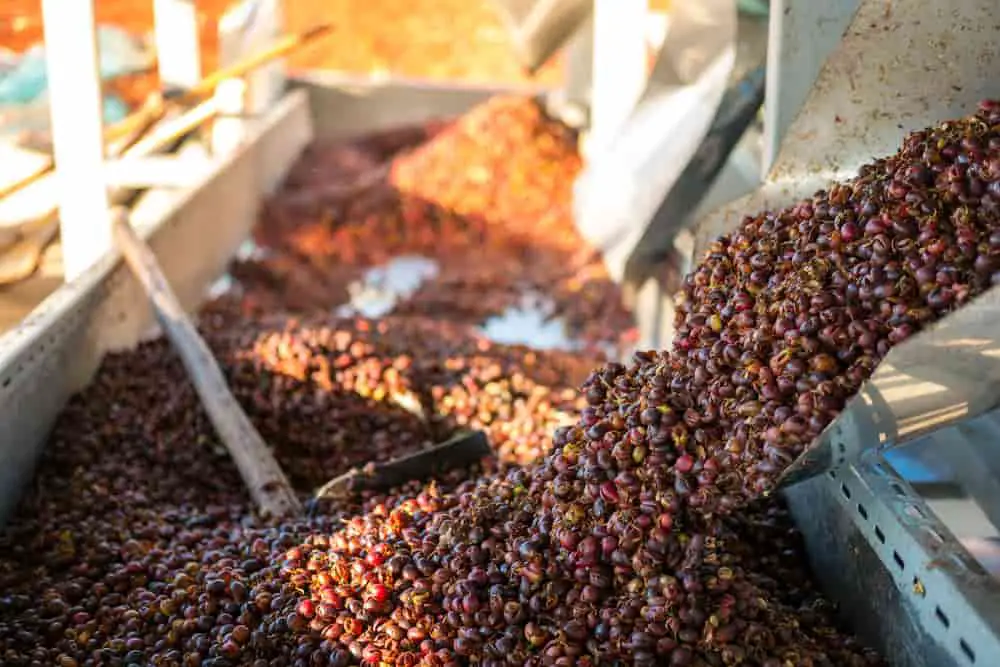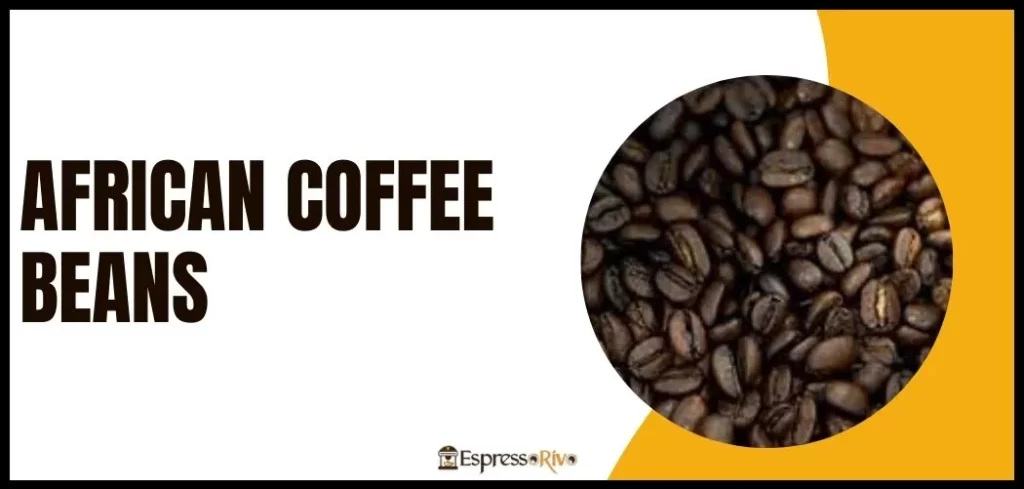The short answer to this question is that there are no actual differences between them.
You could theoretically make coffee with both of them. To make coffee from beans meant for espresso or vice versa. The difference lies in the roasting style of coffee beans. The beans which have meant for espresso are in general much darker roasted than those intended for drip, or pour-over.
Whenever you place beans below pressure to produce espresso, the flavors become more powerful and pronounced. A good roaster can help you to derive a great espresso from even a light roast — and many now are!
Historically many roasters have found that light roasts expose more errors. So, they have preferred to use deeper roasts to showcase the smoky, caramelized sugar notes that most of us now connect with classic, Italian-style espresso. Though you can use regular coffee beans in an espresso machine, the drink you’ll make may taste sour, funky, and tart. They recommend that you use dark roasts to make better tasting espresso with a rich crema.
Difference Between Coffee & Espresso Beans
Coffee beans are seeds of the coffee “cherry” produced by a coffee tree. The most famous coffee beans are called Arabica, Robusta, and Liberica. Among the three, Arabica and Robusta are the most common types of beans. Both coffee and espresso have been produced from these beans.
Difference in Blending
There is a specific blend or procedure for making a drink or coffee with a unique taste. The main difference between the coffee and espresso beans that will result in a coffee drink is the blend, the roast, the grind, and the concentration. Coffee beans for coffee have roasted differently than espresso. These beans get roasted for a specific duration after that, all those beans have ground into a coarse texture.
Espresso beans have different fusion methods. Espresso coffee beans, as they might have called, require a longer roasting time and a higher temperature that is usually 450 degrees. After roasting all those beans, all the coffee beans have ground into a fine powder.
Difference in Taste
Coffee beans often have a medium or balanced concentration of bitterness. However, espresso beans have a very different taste, and that’s a well-known taste for all those coffee lovers. The espresso beans have a very bitter taste, and the fact is when it gets more concentrated, or without additional ingredients, it tastes more bitter. Bitterness can be neutralized by adding milk or adding water.
Espresso has produced with pressure while coffee has ground itself without pressure. However, the term “espresso” refers to a method, and, not to a specific type of bean.
Difference in Preparation
Another distinction lies between the two is preparation. Espresso has prepared with specialized machines that are espresso machines. Coffee can be made in different ways nowadays. You can make it by an appliance called a coffee maker. Both machines produce different levels of flavors and concentration. There is also a difference in the environment and the size of the drink.
Espresso has given a coffee-like or relaxing environment, while coffee provides a more practical and working attribute. Espresso also connotes a more personalized experience. Espresso is pleasant in many formats and has usually prepared by a barista (a person specializing in the preparation of coffee and other products containing caffeine)
Production and Usage of Coffee and Espresso Beans

There is no fundamental difference between coffee beans and espresso beans. Coffee beans exist and are the beans of the coffee tree that get used for both the production of coffee and espresso. Espresso, as a term has used, to describe a specific method, and preparation for a particular type of coffee. An interpretation has been used in this case as:
“beans used for the production of coffee” and “beans used for the production of espresso”.
The coffee beans have used for both coffee and espresso can be classified into different types; the first two types are often used together in different concentrations to create a particular mixture.
The beans have used in the preparation of the coffee to get roast for a specific period at a certain temperature. After roasting, a coarse grind has given. In the meantime, the espresso beans are roasted longer and at a higher temperature. Thus, releasing the oils and a more concentrated flavor. The toasted seeds are further ground into a fine powder.
Espresso is for practicing coffee, has been made from the barista, and usually comes in many blends. Contrarily coffee is often seen as a practical drink for the workplace.
Espresso Beans, Intensity and Environment Effects
We talked about coffee beans previously: what we call other beans is only the core made from the berry of the Coffea plant. When it is freshly picked, it is present different from what we all know, brown, light, small. Originally the bean is light in color, especially green, and larger than we are used to. Then it will be processing and roasting of a dark and compact rendering through the dispersion of the liquids contained in it.
What happens does not change the bean only externally, but also intrinsically. Roasting activates a reaction that increases the aroma of the coffee and its properties. In particular, the taste becomes more intense and deeper, with nuances that make the different blends and varieties different and unique.
It is precisely this peculiar and deep taste, together with the fragrant and light consistency, that makes the grains a snack loved by many.
Method of Beans Process

There are essentially two different methods of processing the coffee bean; Naturale (Natural) and Lavato (Washed). Depending on the technique used, different results will be obtained, albeit both rather pleasant in the cup.
The natural system, however, gives the espresso fruitier hints and more pleasant aromas that make the difference between an espresso and one with a capital E. One of the main selection criteria concerns above all the varieties of coffee used for the composition of the blend. The different varieties grown in the world vary in taste and caffeine content, as well as in adaptability to climates and soils other than those of origin.
Which Is The Best Bean?
Surely coffee must satisfy our senses, perfume, taste, aroma, it must touch from the palate to the tongue and remain in the mouth with the taste, but which one is the more suitable for us is only a subjective choice. It is not said that the most expensive coffee is the best one, or espresso is more powerful for the better one, from the chemical point of view it is the most complex; perhaps we prefer only a well-combined mixture between the different varieties of the two species. The important thing is that it is a good coffee, prepared in the right way.
If you want to buy the best espresso or coffee beans, we are here to help you. We have reviewed some high-quality beans from the top brands. You can check those reviews, I hope that will help you to pick the best one.
A. I. Moon
A.I. Moon, an experienced SEO Pythonista, spends his days coding and developing web applications to help business owners. A passionate coffee enthusiast, he believes that drinking coffee fuels his creativity and productivity. His day isn't complete without the rich aroma and invigorating warmth of a perfectly brewed cup. This love for coffee inspired him to found EspressoRivo, a platform dedicated to sharing his coffee knowledge and fostering a community of passionate aficionados.






